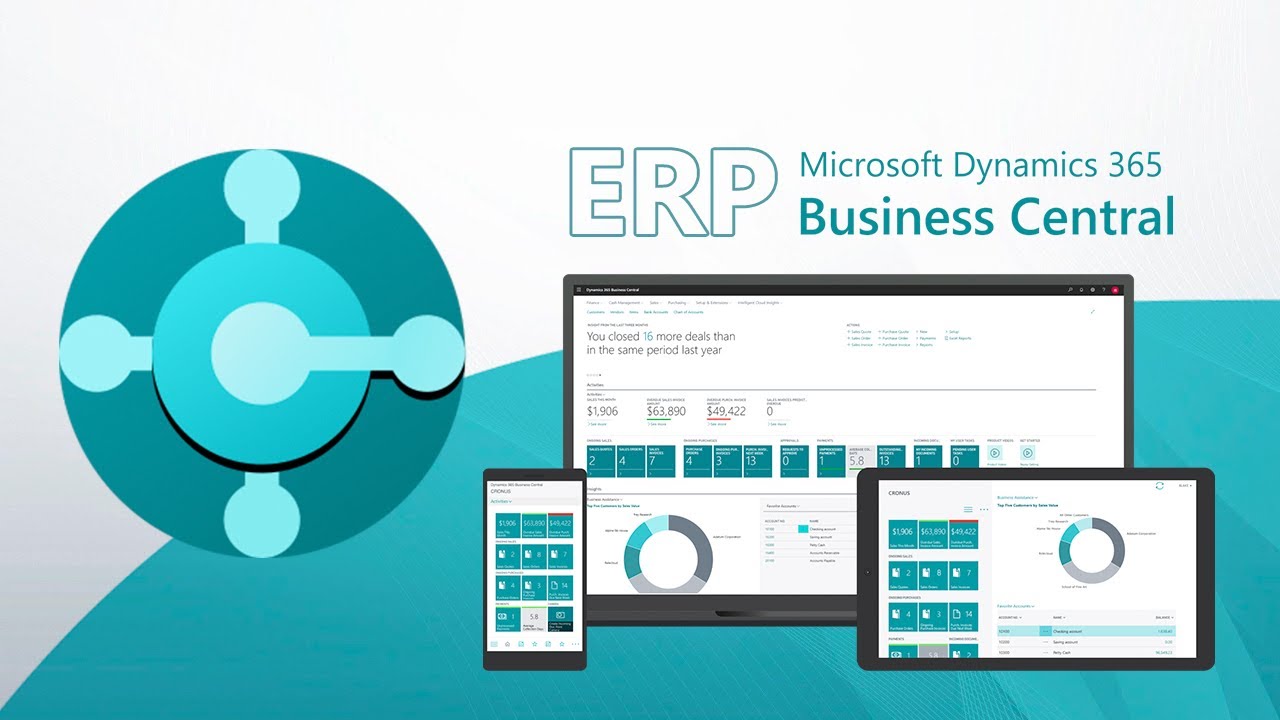Dynamics 365 Business Central History
The Evolution of Microsoft Dynamics 365 Business Central
Microsoft Dynamics 365 Business Central has a rich lineage rooted in Navision—an advanced suite of accounting and ERP applications originally developed in Denmark. Microsoft recognized its potential and acquired Navision in 2002, paving the way for the powerful, unified ERP platform we know today.
Over the years, Microsoft has continuously evolved the product through thoughtful innovation, enhanced integration, and strategic rebranding:
- 2005: Navision is rebranded as Microsoft Dynamics NAV, establishing its place within the broader Dynamics product family.
- 2008 (NAV 2009): Introduced the RoleTailored Client (RTC) alongside the classic client, marking a major leap in user experience and modular design.
- 2013 (NAV 2013): Launched with full RTC architecture only, bringing 64-bit support, reimagined dimension management, SharePoint interoperability, and a dedicated web client.
- 2014 (NAV 2015): Enhanced mobility with the tablet client, introduced Word-based reporting, and provided bank integration for smarter financial workflows.
- 2015 (NAV 2016): Focused on automation and usability improvements with posting preview, deferral accounting, and email integration.
This steady progression of functionality, mobility, and platform integration culminated in the release of Microsoft Dynamics 365 Business Central—a cloud-first, all-in-one business management solution engineered for modern enterprises.
Today, Business Central benefits from an annual release cycle, with continuous enhancements in usability, AI integration, analytics, and industry-specific capabilities. It remains one of the most trusted ERP platforms for organizations seeking end-to-end visibility, powerful process automation, and scalable growth.




